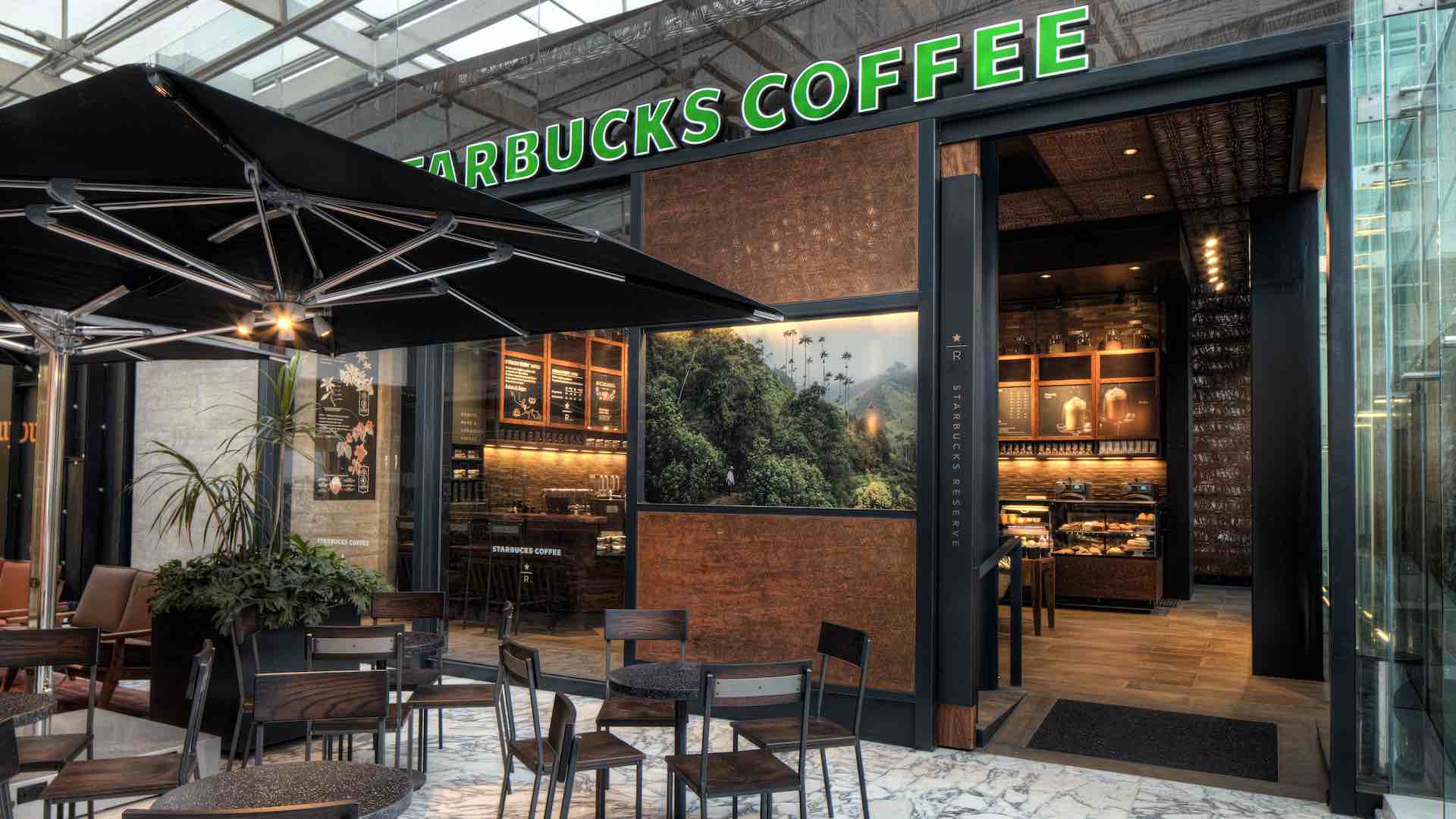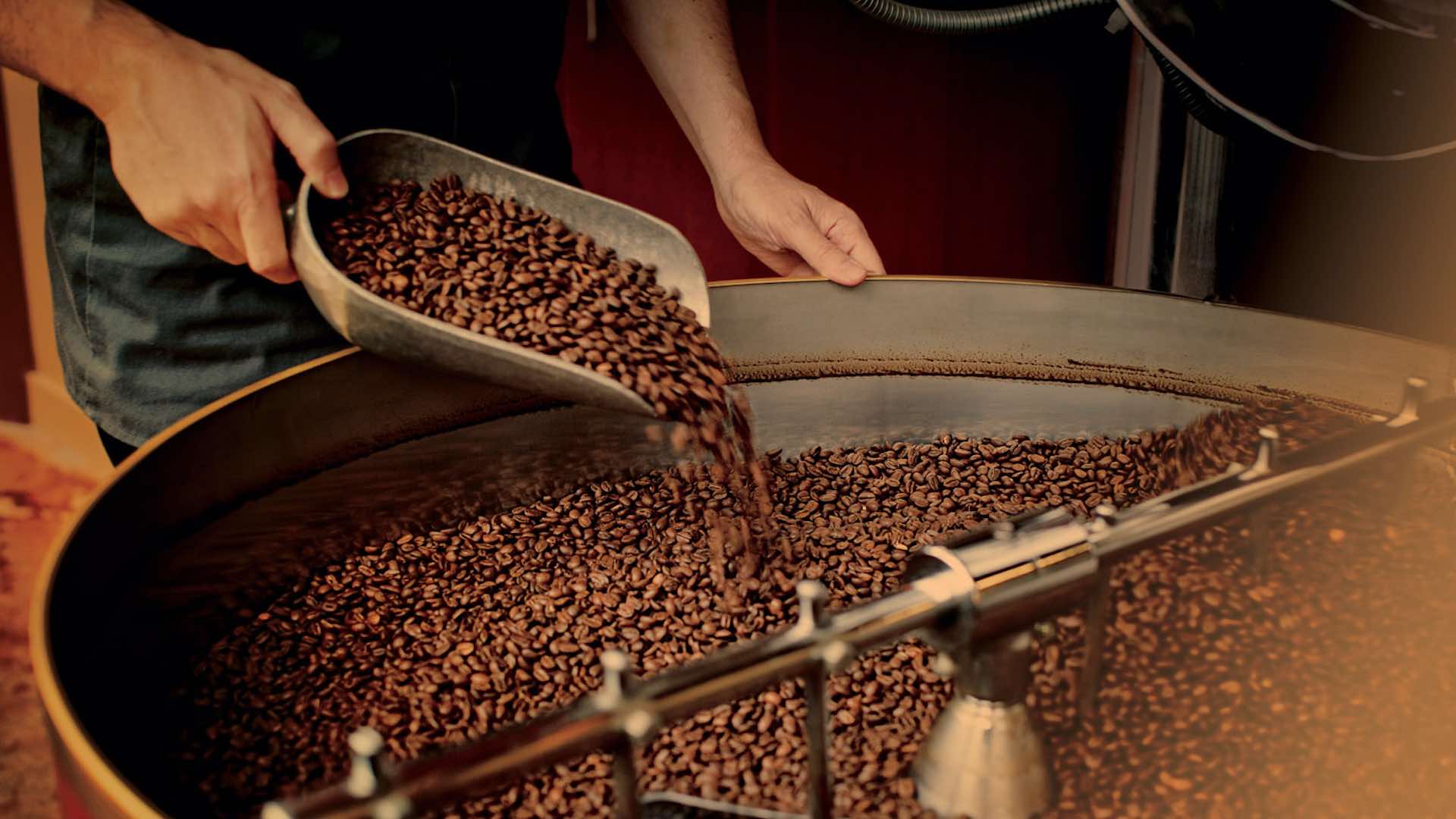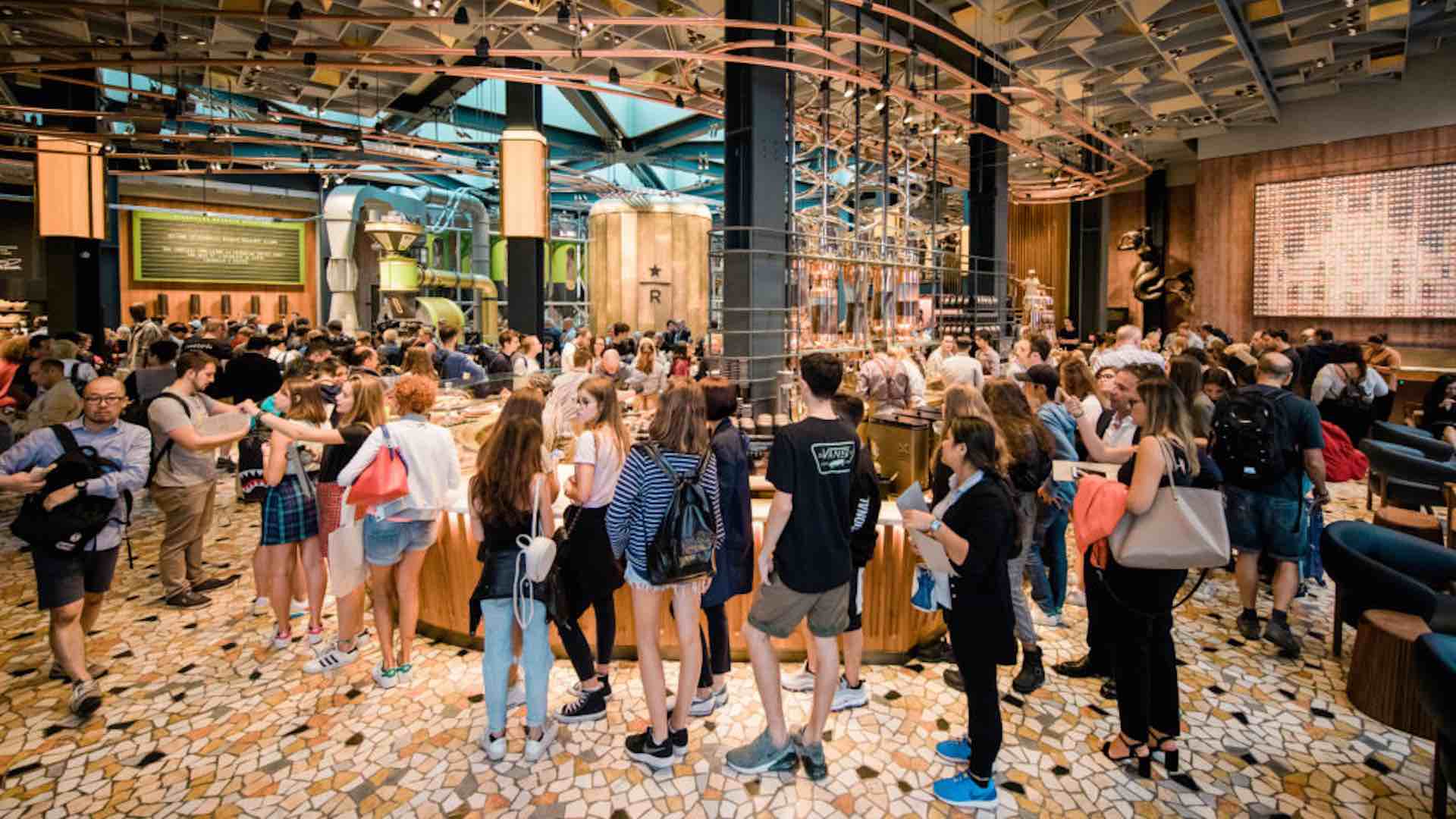In a world where we are inundated with options for almost everything, the name Starbucks stands out as the epitome of coffee culture, connecting billions of people across diverse geographies. How did a single coffeehouse chain from Seattle gain the global notoriety it has today? The answer lies in a confluence of elements — ranging from the sourcing of quality coffee beans to exemplary management practices, right down to a distinct service culture and a fervent following that could rival some of the world’s most iconic brands. As we examine the multitude of factors that contribute to Starbucks’ preeminence, it becomes clear why it holds a unique and contentious space in today’s marketplace.

Coffee Beans – the Heart of the Business
The story starts with the coffee itself. Starbucks sources high-quality Arabica beans from various regions around the world, including Latin America, Asia-Pacific, and Africa. Unlike Robusta beans, which are easier to cultivate but less aromatic, Arabica beans offer a fuller, smoother flavor. The brand commits itself to ethical sourcing, working with farmers to improve both the quality of coffee and life in these communities. The rigorous testing and strict quality control measures set the company apart, ensuring that every cup of coffee served matches up to the Starbucks standard.
Exceptional Management and Leadership
Starbucks’ rise to global prominence is a direct result of strategic decisions and visionary leadership over the years. Howard Schultz, the company’s former CEO and Chairman, was instrumental in shaping the Starbucks experience. Schultz envisioned Starbucks as a ‘third place’ between work and home — a social hub where people could relax, engage in meaningful conversations, or just read a book. This vision transformed Starbucks from a mere coffee vendor to an experience provider. Today, Laxman Narasimhan continues to steer the company in the same forward-thinking direction.
More Than Just Coffee
When you walk into a Starbucks, you aren’t just paying for coffee; you’re buying an experience. The warm lighting, cozy furniture, and Wi-Fi accessibility, coupled with baristas who greet you with a smile, create an environment that transcends a typical coffee shop experience. Employee training emphasizes customer engagement and satisfaction, ensuring that the culture of service is palpable from the moment you step in.

A Cult Following
Starbucks, a global coffeehouse giant, has skillfully cultivated a fervent and unwavering customer following, which finds solace and contentment in the brand’s well-established ambiance and sense of belonging. The formidable bond that Starbucks has forged with its clientele is a testament to the brand’s prowess in delivering consistent experiences that resonate deeply.
In a world where connection is prized, Starbucks has managed to transform its brand into a source of connection itself. It’s not just a place to grab a coffee; it’s a haven that understands and celebrates the idiosyncrasies of its customers. The unwavering loyalty and fierce devotion Starbucks commands stand as a testament to the power of melding familiarity, convenience, and personalization, effectively turning a cup of coffee into a conduit for human connection.
A Blue-Chip Stock
When it comes to stock market performance, Starbucks has proven itself to be a dividend-paying blue-chip stock. With a market capitalization in the billions, Starbucks offers investors consistent growth and solid returns. Its sound financial footing allows it to expand its operations, sustain its commitment to ethical sourcing, and maintain its competitive edge.
A Cup for the Elite?
While Starbucks’ premium pricing model is part of its appeal, establishing it as a luxury experience, it also makes it inaccessible to many. A cup of Starbucks coffee can cost several times more than an average cup elsewhere. This high price point becomes a point of contention, dividing public opinion on whether the Starbucks experience can justify the cost in a world filled with simpler, more affordable pleasures.

The Italian Anomaly – that Defied Expectations
When Starbucks announced its entry into Milan, the land of espresso purists, it was widely expected to be a fiasco. After all, how could an American chain replicate the intimate espresso culture that Italians hold dear? Yet, on the opening day, a queue stretching several kilometers proved the skeptics wrong. The Milanese store isn’t just a coffee shop; it’s a spectacle, featuring a fully operational roastery and a curated Italian menu, setting a precedent for how Starbucks can adapt and thrive in new markets.
Global Incidents
The success in Milan wasn’t a standalone event. Starbucks has opened in unique markets like India, a traditionally tea-drinking nation, and witnessed remarkable success. In Japan, Starbucks adapted to the local culture by introducing regional flavors and settings, such as the traditional Japanese-style house in Kyoto.
Scale and Reach
While Starbucks boasts over 30,000 outlets in more than 70 countries, Costa Coffee has around 4,000 locations in over 30 countries. In terms of sheer size and global reach, Starbucks is far ahead of Costa. While Starbucks has a substantial presence in North America, Asia-Pacific, and Europe, Costa has a stronghold mainly in the United Kingdom and is still working to expand its global footprint. Costa Coffee is the second-largest coffee chain in the world in terms of the number of outlets. Founded in London in 1971, Costa has grown significantly, particularly in the UK and other parts of Europe, and it has also expanded globally. The brand was acquired by The Coca-Cola Company in 2019, a move that could potentially amplify its growth prospects further.
Brand Recognition
Starbucks’ brand recognition is not just a function of its quality or offerings, but also a result of its well-crafted and aggressive marketing strategies. From its iconic green mermaid logo to its seasonal cup designs and holiday-themed beverages, Starbucks has mastered the art of staying in the public eye. Campaigns that evoke a sense of community, exclusivity, and lifestyle aspirations have helped create a brand that resonates deeply with diverse consumer demographics.

The company’s ability to employ social media to its advantage — whether through viral challenges or collaborations with influencers — has further solidified its position as a cultural mainstay. Its “third place” concept — positioning Starbucks as a comfortable space between home and work — has been well-promoted and is now deeply ingrained in consumer psychology.
In addition to its marketing acumen, Starbucks also has the advantage of a longer history of international expansion. Since opening its first store outside North America in Tokyo in 1996, the brand has ventured into diverse markets from China to Chile, successfully adapting its business model to suit different cultural norms and preferences. This global footprint has exponentially increased its brand value, making it a familiar staple in cities around the world.
On the other hand, Costa Coffee, while a significant player, especially in the United Kingdom and parts of Europe, is still carving out its identity on the global stage. It has an inherently British aura, and much of its appeal comes from its European coffeehouse style and Mocha Italia blend. Although Costa has also started implementing digital marketing campaigns and seasonal offerings, its brand recognition remains strongly regional.
Conclusion
The global reign of Starbucks is not a simple tale, nor is it one without contention. It’s a multi-faceted saga that encompasses meticulous bean sourcing, astute management, an unparalleled service culture, and the ability to generate a cult-like following. While its premium pricing and rapid globalization may be points of debate, its ability to adapt and innovate keeps it ahead in the game. Starbucks exists as a lesson in the power of a well-executed vision, a testament to the impact a single brand can have on the world.
Author
Ajay Rajguru, Co-Founder of BIZ COM, seamlessly blends marketing with next-gen tech. His vision powers MENA Newswire, intertwining content distribution with artificial intelligence. With ventures like Newszy, he’s reshaping how content gets generated and viewed. As a part of the Middle East & Africa Private Market Place (MEAPMP), he’s innovating the digital ad narrative. A subtle tech maven, he’s leading a digital-forward future. Off the tech grid, Ajay sharpens his financial acumen, investing astutely in equities, bonds, mutual funds, ETFs, real estate, commodities, Sukuks and treasury securities. In his free moments, he puts pen to paper as the mood strikes.
